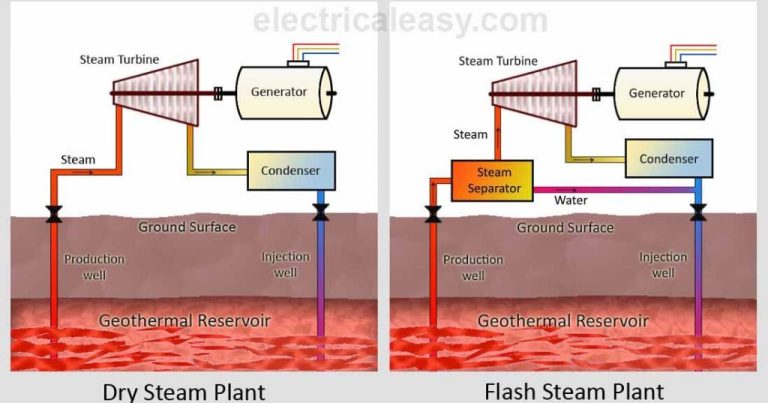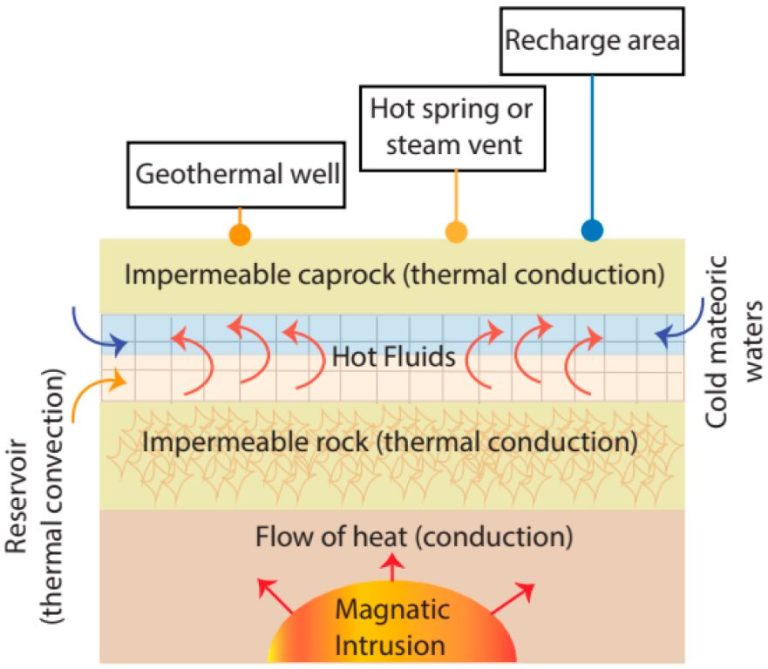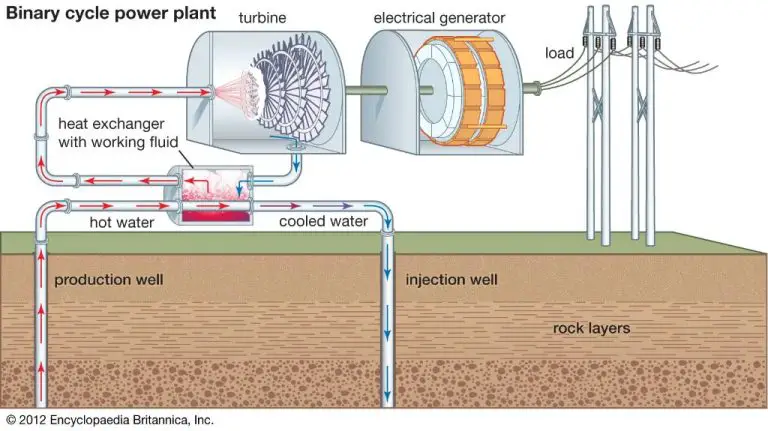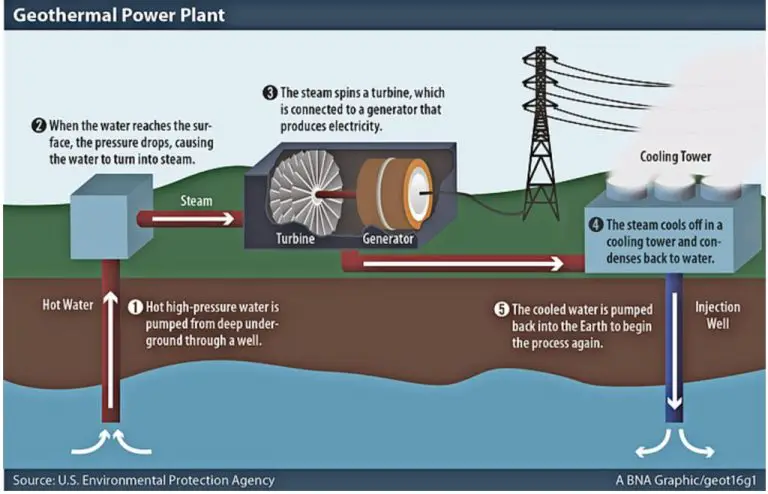How Much Does A Geothermal Greenhouse Cost?
Geothermal greenhouses are greenhouses that utilize the natural heat from the earth’s subsurface to provide heating and cooling. Geothermal systems use buried pipes called geothermal heat loops to harness this natural energy. The stable temperatures underground make geothermal an ideal way to control the environment in a greenhouse. Geothermal greenhouses provide a number of benefits over traditional greenhouse heating and cooling methods. They are more energy efficient, have lower operational costs, and provide a consistent growing environment for plants. This article will explore what goes into building and operating a geothermal greenhouse and provide cost estimates for those interested in installing one.
What is a Geothermal Greenhouse?
A geothermal greenhouse is a type of greenhouse that uses geothermal energy from the ground to help regulate the interior temperature and humidity. Unlike traditional greenhouses which rely solely on the sun for heat, geothermal greenhouses use a network of underground pipes called a geothermal loop to harness the stable temperatures deep below the earth’s surface.
The geothermal loop pipes contain a circulating fluid that absorbs heat from the ground. This fluid is pumped into a heat exchanger located inside the greenhouse, which transfers the Earth’s heat into the greenhouse air and removes excess humidity. The system acts as a giant thermal battery, providing warming in winter months and cooling in summer months.
Compared to conventional greenhouses, geothermal greenhouses maintain more consistent and controllable temperatures year-round. The subsurface temperatures stay between 50-60°F depending on latitude and climate. This allows geothermal greenhouses to stay above freezing in colder weather and helps prevent overheating during hot weather. The humidity control also provides an optimal environment for plant growth.
Because they rely on the Earth for heating and cooling, geothermal greenhouses use much less electricity than traditional greenhouse systems. This makes them a very energy efficient and sustainable design suitable for commercial applications or hobby greenhouse growers looking to maximize efficiency and minimize environmental impact.
Cost Factors
There are several main cost factors to consider when building a geothermal greenhouse. The biggest costs are usually construction, equipment, permitting and installation, and operational costs.
Construction costs include the structure of the greenhouse itself as well as any excavation needed for the geothermal system. These costs can vary widely based on the size and features of the greenhouse. A small DIY greenhouse may cost a few thousand dollars while a large commercial greenhouse with automation can cost over $100,000 just for construction (source).
Equipment such as the geothermal heat pump, piping, and climate control systems also add a significant cost. A basic geothermal system for a small greenhouse may cost $5,000-10,000 while a larger commercial system can cost $20,000 or more (source).
Permitting and installation costs depend on local regulations but usually range from $100-1000+ (source). A professional installation is recommended for the geothermal system.
Ongoing operational costs include electricity to run the heat pump and any climate control equipment. Maintenance costs for the geothermal system can range from $200-500 per year.
Construction Costs
The construction costs of a geothermal greenhouse depend on many factors, including size, materials, foundation, insulation, and labor. According to BTLLiners.com, construction costs range from $10-$50 per square foot for a high-quality geothermal greenhouse (source). The major costs include:
Materials – Glass or polycarbonate glazing, framing, insulation, climate control systems, benches and shelving. Glazing alone can cost $5-$20 per square foot depending on the type.
Labor – Installation labor will vary based on project scope but typically ranges from $15-$25 per square foot. Complex designs or foundations increase labor costs.
Site Preparation – Leveling the site, grading, drainage, utilities, and any permitting can add $2-$10 per square foot.
Foundation – Concrete slab, post anchors, gravel base, or excavation for an underground structure. This averages $5-$15 per square foot.
Insulation – Foam insulation under and around the perimeter to maintain stable ground temperatures. Allow $1-$5 per square foot.
Overall, a basic geothermal greenhouse construction budget ranges from $20-$50 per square foot depending on materials and features. More complex structures with high-end glazing, climate control, and insulation can exceed $100 per square foot.
Equipment Costs
The main equipment needed for a geothermal greenhouse includes the piping, heat exchanger, circulation fans, and control systems. These components make up a significant portion of the total cost.
Piping is needed to circulate the geothermal fluid from the ground loop to the heat exchanger inside the greenhouse. The piping itself can range from $2-$4 per linear foot depending on the material and thickness required (Source). For a medium-sized greenhouse, several hundred feet of piping may be required.
The heat exchanger transfers heat between the geothermal fluid and the greenhouse air. Commercial heat exchangers designed for geothermal applications can cost $2000-$5000 depending on the capacity required (Source).
Fans and blowers are used to circulate the greenhouse air and distribute the heat evenly. Basic circulation fans can cost $100-$300 each, while more heavy-duty blowers may cost up to $1000 or more.
The control system monitors temperatures and operates the geothermal system automatically. Control systems range from $1500 for basic controls up to $5000+ for more advanced computerized systems.
When added up, the equipment costs for a medium-sized 1500 sq ft greenhouse would likely total between $15,000-$30,000.
Permitting & Installation
Permitting and installation costs are a significant part of the overall expense for a geothermal greenhouse. According to Forbes, on average homeowners can expect to pay from $100 to $1,000 or more for the necessary permits to install a geothermal system. The specific permitting costs will vary based on your location and local regulations.
You will also need to factor in the costs of contracting an installer to handle the physical installation of the geothermal system. This will include the ground loop piping, heat pump unit, ductwork, and any electrical work needed. Installation costs can range from $2,000 to $10,000 depending on the complexity of the system. More complex commercial greenhouse systems with multiple heat pump units will be on the higher end of this range.
It’s important to work with a reputable, experienced geothermal installer to ensure the system is properly designed and installed. This upfront investment in permitting, contracting, and installation is well worth it to have an efficiently operating geothermal system for years to come.
Operational Costs
The ongoing operational costs for a geothermal greenhouse include recurring maintenance, energy, and other related expenses. According to BTL Liners, energy costs for a geothermal greenhouse can be up to 80% lower compared to a traditional greenhouse. The geothermal system provides a stable temperature environment with minimal energy input. However, some occasional maintenance is still required.
Regular upkeep tasks include inspecting the greenhouse glazing for any cracks or leaks, checking the heating pipes and pumps, monitoring the soil temperature, and cleaning out the geothermal trenches as needed. Minor repairs and part replacements may be necessary over time as well. While geothermal systems are low maintenance overall, periodic inspections and tune-ups are recommended to keep everything running efficiently.
In terms of energy use, fans or ventilation systems may be required at certain times of the year, along with supplemental lighting or heat as needed. But the energy costs are still dramatically lower compared to traditional greenhouse heating and cooling methods. The system is designed to leverage the constant temperatures of the earth to minimize artificial temperature control.
According to the Montana Department of Environmental Quality, experienced geothermal greenhouse owners estimate the average payback period to be around 3-7 years when factoring in the lower operating expenses. With minimal recurring costs, the system can provide many years of efficient temperature regulation.
Total Cost Range
Based on the costs outlined in the previous sections, a full geothermal greenhouse setup will generally range from $150,000 to $300,000 for a commercial-scale operation of around 10,000-20,000 square feet. This includes construction costs of around $70-$100 per square foot, geothermal and greenhouse equipment in the range of $50,000-$150,000 depending on the complexity, permitting and installation fees of $15,000-$50,000, and operational costs averaging $10,000-$20,000 annually for maintenance, utilities and labor.
For a smaller hobby greenhouse setup of around 1,000 square feet, expect total costs between $20,000-$50,000. On the higher end, an advanced aquaponics system integrated with the geothermal greenhouse could run over $500,000 for a large-scale commercial operation.
The wide range is indicative of how many variables come into play in terms of materials, equipment, energy sources, automation and overall complexity of the system. However, geothermal greenhouses provide excellent cost savings over time through substantially reduced heating and cooling expenses compared to traditional greenhouses.
Cost Recoup and Benefits
The high initial investment for a geothermal greenhouse can be recouped through significant energy savings over time. According to one source, a geothermal energy system can help cut heating and cooling costs by 65% or more compared to traditional HVAC systems (source). The payback period is typically less than ten years, with some sources citing a payback of 3-5 years (source).
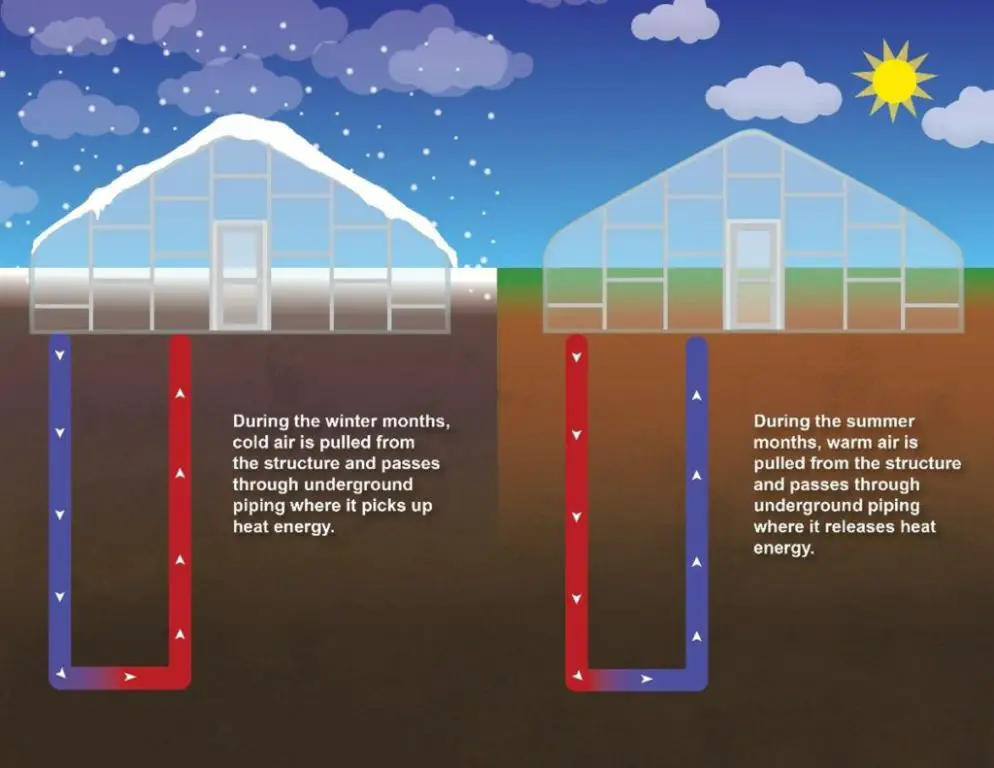
The cost savings from a geothermal system come from tapping into the stable temperatures underground. This allows for very efficient heating in winter and cooling in summer. Maintenance costs are also lower compared to fossil fuel systems. Overall, a geothermal greenhouse provides reliable climate control and significant long-term cost savings compared to traditional greenhouses.
Beyond financial savings, geothermal greenhouses provide environmental benefits. They reduce greenhouse gas emissions and reliance on fossil fuels. The systems have a long lifespan, providing climate control and savings for decades. For greenhouses looking to save on energy costs and reduce environmental impact, the payback period makes geothermal systems a smart long-term investment.
Conclusion
In summary, geothermal greenhouses provide a way to efficiently heat and cool crops using the stable temperatures of the earth. While geothermal systems do require a significant upfront investment, the long-term energy savings can make this a cost-effective heating and cooling method for greenhouses. The total cost for a geothermal greenhouse system can range from $20,000 to $100,000 or more, depending on the size of the greenhouse and complexity of the system.
The major factors that contribute to the overall cost include the construction and materials for the greenhouse itself, the geothermal heating and cooling equipment, permitting and installation fees for the geothermal system, and ongoing operating costs for electricity to run pumps and fans. While the upfront cost is high, a geothermal system can save over 50% on heating and cooling costs compared to conventional greenhouse options. The investment in a geothermal greenhouse can pay for itself in energy savings within 5-10 years.
Key takeaways on geothermal greenhouse costs include:
- Construction costs vary based on greenhouse size and materials.
- Geothermal equipment like heat pumps and climate control systems add significant costs.
- Installation and permitting costs depend on system complexity and location.
- Ongoing electric costs are needed but reduced compared to conventional heating/cooling.
- Total costs typically range from $20k to $100k.
- Energy savings allow a 5-10 year payback on the investment.
With proper planning and design, a geothermal greenhouse can be a smart investment to reduce energy costs and provide optimal growing conditions year-round.


